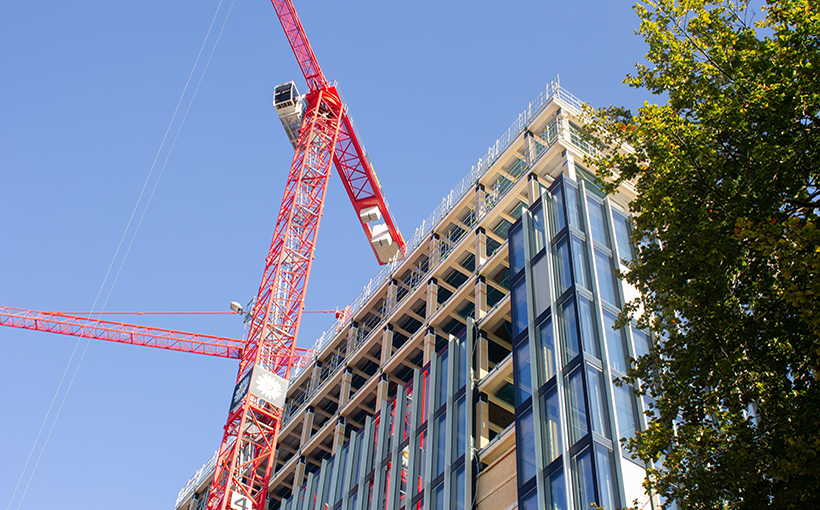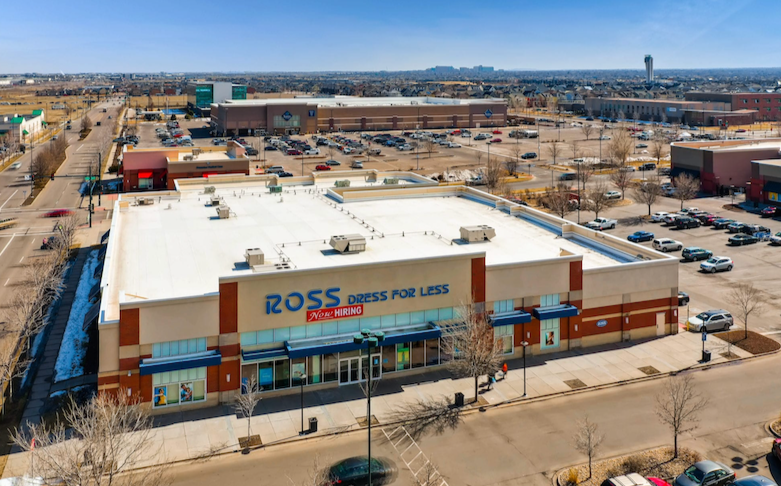Occasionally, we hear about new mass timber building projects being announced. These announcements often highlight the sustainability, aesthetics, and other advantages of using this product. However, what is often missing from these announcements is a clear explanation of what exactly mass timber is.
To address this issue and provide more information on the topic, construction company Adolfson & Peterson recently held a roundtable discussion with their experts to discuss the usage, benefits, challenges and outlook for mass timber.
So What Exactly is Mass Timber?
According to Brian Carius from A&P’s Mountain States Region Project Management team,”mass timber” refers to sheets of laminated wood that are pressed together using a large compression machine. These sheets are typically held together with glue and are commonly known as “glue-laminated” or “glulam.”
Tyler Woods from A&P’s Mountain States Region Preconstruction team added that there are also other types of mass timber such as cross-laminated (CLT) and dowel-laminated (DLT). The common factor among all these different types of laminates is that they have been manufactured in such a way as to create strength comparable to steel columns and beams.
What Are the Benefits?
The main benefit touted by advocates for mass timber buildings is its sustainability. According to Patrick Sims from A&P’s Midwest Region Project Executive team,”sustainability” means that these materials do not release high levels carbon into the atmosphere like traditional building materials do.”Plus,” he adds,”they’re made from renewable resources.”
Woods also noted another aspect contributing towards its sustainable nature – manufacturing processes require minimal equipment; just enough machinery needed for cutting down trees at sawmills where new trees can be planted in place those harvested.
Other benefits include:
– Reduced on-site construction time: Will Pender,A&P Gulf State Regional President explained how installation process was relatively straightforward compared with traditional steel or concrete builds.
– More design flexibility: Pender also pointed out that mass timber allows for more original and unique designs, rather than cookie-cutter buildings.
– Cost savings on finishes: Woods noted how using mass timber can reduce the need for additional finish costs like drywall or ACT. “The mass timber itself is the finished product,” he said.
What Are The Challenges?
However, there are some challenges to consider before deciding to use mass timber in a building project:
– Longer timeline: While it may arrive at a site ready-to-install, preparing the materials takes longer.”On average,” says Sims,”it takes about 45 weeks from when we award the job until we receive our order.”
– No room for errors: Once construction begins with these materials, making changes can be extremely difficult and costly. Carius explains that even an inch of error can throw off everything else.
– Specialized workforce required:Sims notes that successful projects require experienced trade partners and engineers who have worked with this material before.”Projects have suffered delays or cost overruns because personnel involved had no experience working with mass timbers.”
What’s The Outlook?
As we move towards achieving net-zero goals by 2030 in construction industry,the experts believe there will be an increase in usage of these materials both in new builds as well as renovations. Additionally,hybrid projects combining traditional building materials such as cement and steel could also become more popular.
In conclusion,mass timber has been gaining attention due to its sustainability benefits but it’s important to carefully consider all factors including potential challenges before incorporating it into any project plans.




